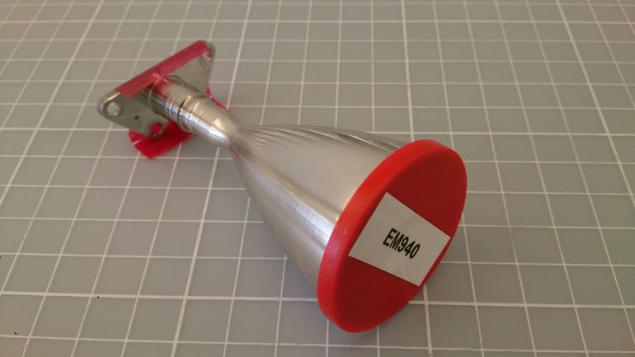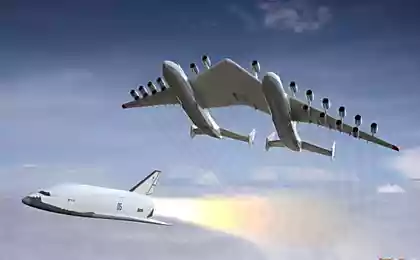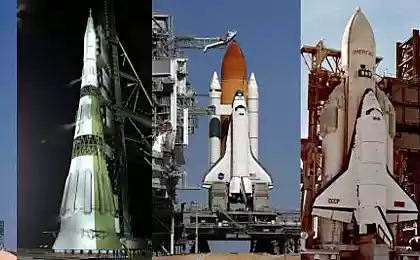775
The European Space Agency has successfully tested a rocket engine, printed the 3D-printer

Stamped engine / Airbus Defence and Space i>
The European Space Agency (ESA) successfully tested shunting jet printed on 3D- printer. Indicators printed device comparable to the engines produced in the traditional way. 3D-press offers the prospect of reducing the cost of production in parts of rockets, as well as in the use of new alloys in their manufacture.
Engine ESA has successfully passed more than 600 tests, during which he had heated to 1253 ° C. According to the agency, its characteristics are on par with engines manufactured in the usual manner.
"Our objective was to test an alternative method of manufacture, which could reduce its value - said ESA engineer Luro Pombagyan (Laurent Pambaguian). - At first, we were not even sure that this is possible, or that the metal powder can create a material with satisfactory characteristics ».
In stratified manufacture of parts of waste remains negligible compared to the standard vytachivaniem of a large piece of material. These wastes fly into serious penny - only Airbus Defence & Space produces around 200 engines a year. This platinum currently costs about € 40 per gram, and the price of rhodium - are several times higher (according to some reports, it is generally the most expensive metal).

Part of the engine to the test i>
The combustion chamber of the engine and the nozzle were printed from an alloy of platinum with rhodium by laser sintering, which is used, for example, in the manufacture of jewelry. In 2014 expired patents this method of production parts, in connection with which it began to actively use in different areas.
But the first amateur engines , printed the 3D-printer, appeared in 2012. In the same year, NASA tested its technology print missile parts. Already in 2014, NASA tested the printed nozzle head , which was successfully tested at a temperature of 3000 degrees Celsius. In 2015, Australians published two working copies engine.
The company SpaceX Elon Musk is also using in their ships printed details. In 2014, the company conducted a successful test landing engines SuperDraco . Thrust of each engine - about 8 tons. Dragon spacecraft is equipped with four twin engines that can help in an emergency maneuver
Source: geektimes.ru/post/252362/
IBM Watson is now preparing for all
IBM and Toshiba are working on a system for monitoring the condition of the driver























